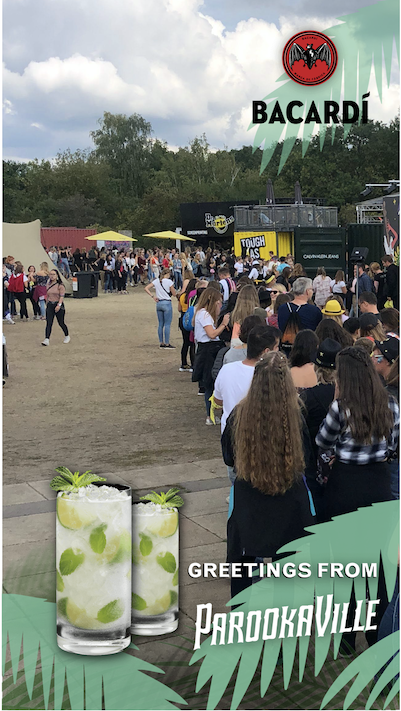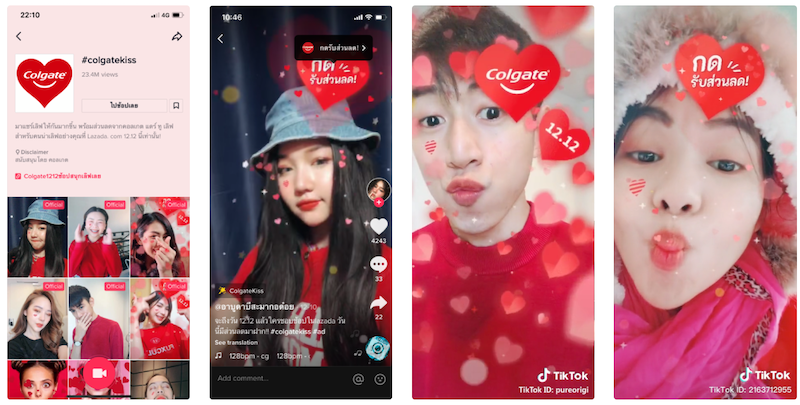With TikTok expected to rake in $10 billion in ad revenue in 2022, a ban would likely have a serious effect on marketers and advertisers.
Federal Communications Commissioner Brendan Carr called last month for the Council on Foreign Investment in the United States (CFIUS) to take action to ban TikTok, according to an Axios report. And the FBI weighed in on TikTok security concerns this past week.
Though the FCC itself has no outright power to ban the popular social media platform, which has a reported 200 million downloads in the United States alone, the popular app has come under fire due to its Chinese ownership as well as concerns about security and the spread of misinformation. A strong stance by the FCC — Carr is one of five commissioners — could prompt Congress to take action regarding the platform.
Such a ban would have an effect on marketers and advertisers. According to a New York Times article, TikTok expects to generate $10 billion in ad revenue this year.
Below are some of the pros and cons of potentially banning the platform.
Pro: TikTok Is Poor at Handling Data
TikTok should be banned in the United States, said Lyle Solomon, Oak View Law Group principal attorney, citing TikTok’s handling of US user data and its “blatant contradictions” in how it handles the data.
TikTok’s US branch has repeatedly claimed that its data centers are in the country, Solomon explained. “However, the more extensive links of sharing US user data with the parent company, ByteDance, cannot be underplayed. Data from US users was repeatedly accessed within China’s borders by ByteDance employees. Senior TikTok employees claimed that certain ByteDance employees in China had access to all US personal data.”
Chinese law also concerns Solomon because the government can ask Chinese companies for any amount of user data. He pointed out that TikTok’s close ties with its parent company, ByteDance, the fact that Chinese authorities can legally ask for the personal data of US citizens and that TikTok has repeatedly misused US user data has put him in favour of a TikTok ban.
Con: Another TikTok-Like Platform Would Fill the Void
Suggesting that TikTok should be banned is reactionary and fails to consider the nature of such platforms, according to William Pickering, digital marketing executive at The Big Phone Store. “If TikTok were to be banned, another platform would simply fill the gap left in the market, just as TikTok was once Music.ly, and Vine acted as a precursor to both platforms in delivering short-form video content.”
Arguing that TikTok should be banned is taking a prescriptivist attitude toward technology based on one’s own personal biases and refusing to accept the inevitable evolution and proliferation of social media platforms based on current trends, Pickering added. “I think you would be hard pressed to find a member of Gen Z who holds the opinion that TikTok should be outright banned, outside of blatant contrarianism and paranoia over Chinese state surveillance.”
TikTok could make some changes to address objections about its business practices and platform, Pickering said. “But such issues are present on any major social media platform. There are problems with any system based on delivering users’ content specifically tailored to their preferences through an algorithm: such as echo chambers, the grooming of young children, reduction in attention span, etc.”
But a knee-jerk banning of TikTok in its entirety is a refusal to accept that these issues are based on the manipulation of base human psychological traits, Pickering concluded.
Pro: TikTok Is a ‘Cancerous’ Technology
Nima Olumi, Lightyear Strategies CEO, thinks not only that TikTok should be banned, but regulators should also take a hard look at Meta’s Facebook.
“TikTok and Meta are cancerous technologies that destroy human productivity and attention spans,” Olumi argues. “We need to tax social media — either the company or the user — to get daily active usage down. The average American currently spends four hours a day on social media.”
Just over one-fifth (21%) of Americans made 2022 New Year’s resolutions that included reducing time on social media, but, like many such resolutions, there’s no indication of a slowdown, with users spending 95 minutes a day on TikTok alone.
“This is clearly a cry for help,” Olumi said, adding that these platforms detract from a person’s productivity. “Apps like TikTok and Meta are designed to keep users on the platform for as much time as possible. They make their revenue through ad dollars and engagement is the only metric they care about.”
Con: TikTok Ban Would Negatively Impact US Livelihoods
Luke Lintz, HighKey Enterprises LLC founder and CEO, agreed that TikTok is no different from many other social media platforms, though it likely collects more data than others.
TikTok is expanding into a wide range of industries and partnering with major merchants to launch a marketplace to compete with Amazon, Lintz added. TikTok has already figured out the top of the marketing funnel, so the expansion will enable users to buy products and services without leaving the TikTok platform.
“Banning TikTok is not the correct solution because there are so many US content creators making their livelihoods from TikTok, and many users enjoy the platform,” Lintz added. “I believe the correct solution is setting guidelines for a USA majority stake ownership in TikTok.”
Final Thoughts on Banning TikTok
There is no questioning the popularity of the platform, nor its use as an effective marketing tool for many. Even so, members of both major political parties are wary of anything involving oversight by the Chinese government, and the privacy of personal data is a major concern, with the United States and European Union continuing to strengthen laws concerning personally identifiable information.
So the debate regarding whether or not to ban TikTok is likely to continue for the foreseeable future.









